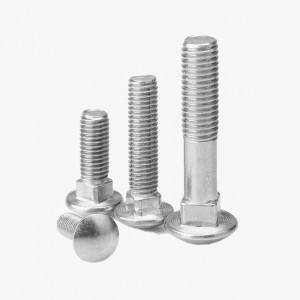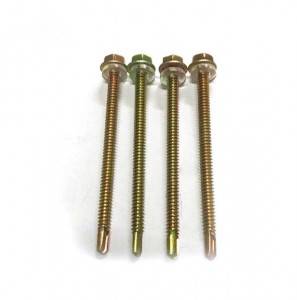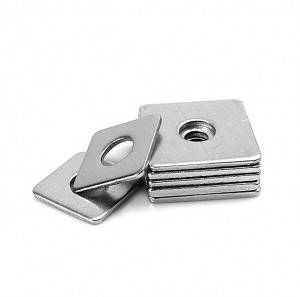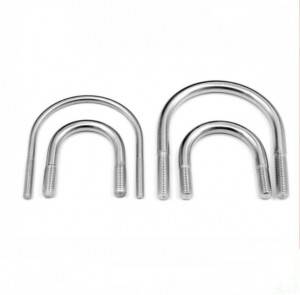[Copy] customized size large stock Factory Anchor Rod with ASTM F1554 Grades 36 55 and 105
| item | value |
| Color | silver, Black, Grey |
| Finish | Bright(Uncoated), Longer Life TiCN |
| System of Measurement | Customized |
| Place of Origin | China |
| Hebei | |
| Brand Name | ZF |
| Material | Steel |
| Diameter | 5/16IN, 12mm |
| Capacity | High bearing capacity |
| Standard | GB |
| Brand Name | Brand Name |
| Surface treatment | Hot Dip Galvzanized |
| Application | Industrial and mining |
| Payment Term | 30%TT Advance + 70% Balance |
| Function | Underground Mining Tunnel Arch Reinforcement |
| Length | Customized Length |
| Delivery time | Within 7-20 Days |
| Sample | Available |
| Advantage | Quality assurance, high-quality and affordable |
| Quality | Excellent |


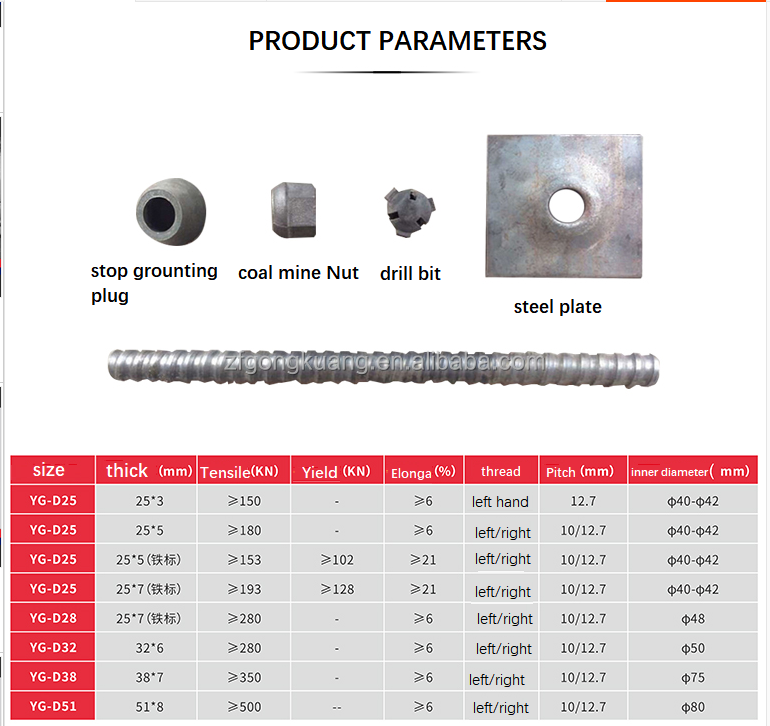
Hollow anchor rod is a type of anchor rod commonly used in tunnel, slope support and other engineering projects.
Its main feature is a hollow structure in the middle of the rod. This design allows grouting to be carried out through the hollow part during the construction process, thereby improving the bond strength and anchoring effect between the anchor rod and the surrounding rock and soil mass.
Hollow anchor rods are usually made of high-strength steel, which has high tensile and shear strength. Its head is usually equipped with threads or other connecting devices to be used in conjunction with accessories such as pads and nuts, effectively transmitting support force to the rock and soil mass.
Hollow anchor rods can increase the stability of rock and soil, prevent deformation and collapse of rock and soil, and ensure the safety of engineering.
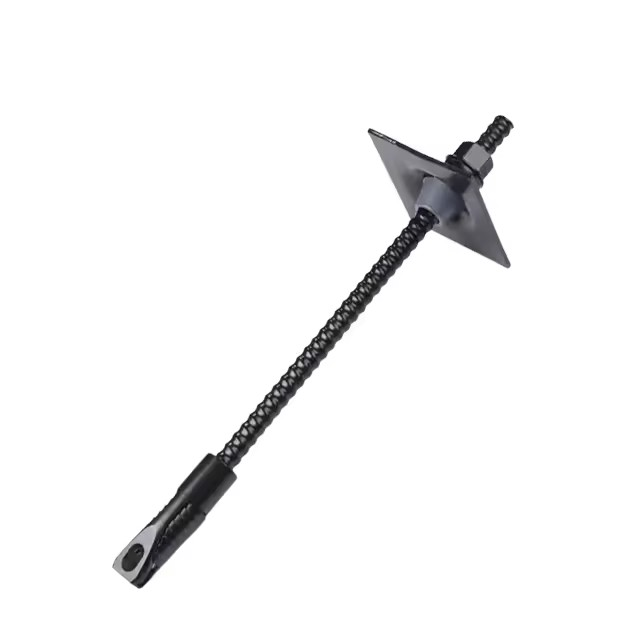
The use of hollow anchor rods usually includes the following steps:
1. Drilling: According to the design requirements, use drilling equipment to drill holes of appropriate diameter and depth in the rock and soil mass that requires support.
2. Hole cleaning: After drilling, remove debris, soil, and accumulated water from the hole to ensure cleanliness.
3. Insertion of anchor rod: Carefully insert the hollow anchor rod into the drilled hole, ensuring that the insertion depth of the anchor rod meets the design requirements.
4. Install shims and nuts: Install shims on the exposed end of the anchor rod, tighten the nuts, and apply a certain pre tightening force initially.
5. Grouting: Grouting is carried out through the hollow part of the anchor rod, and the grouting material can be cement slurry or other suitable slurry. During grouting, the grouting pressure and amount should be controlled to ensure that the grout fully fills the gap between the anchor rod and the hole wall.
6. Inspection and grouting: After grouting is completed, check the grouting effect and, if necessary, perform grouting treatment.
7. Monitoring and maintenance: During use, monitor the support effect of the anchor rod, and take corresponding maintenance measures in a timely manner if there are any abnormalities.

When installing hollow anchor rods, the general installation sequence is to first install the cushion plate, and then install the nut.
First, place the cushion plate on the exposed end of the anchor rod, ensuring it is in close contact with the support surface. Then, screw the nut onto the anchor rod and tighten it, thereby applying pre tightening force to the support surface through the cushion plate.
![[Copy] customized size large stock Factory Anchor Rod with ASTM F1554 Grades 36 55 and 105 Featured Image](http://cdnus.globalso.com/liqifastener/164.jpg)
![[Copy] customized size large stock Factory Anchor Rod with ASTM F1554 Grades 36 55 and 105](http://cdnus.globalso.com/liqifastener/164-300x300.jpg)
![[Copy] customized size large stock Factory Anchor Rod with ASTM F1554 Grades 36 55 and 105](http://cdnus.globalso.com/liqifastener/H01736c14e3c7457a98912c3274014f02a-300x300.jpg)
![[Copy] customized size large stock Factory Anchor Rod with ASTM F1554 Grades 36 55 and 105](http://cdnus.globalso.com/liqifastener/Ha6ae326f8d5249c2b6ae2d152c9acaceG-300x300.jpg)
![[Copy] customized size large stock Factory Anchor Rod with ASTM F1554 Grades 36 55 and 105](http://cdnus.globalso.com/liqifastener/Hcbce4a22c4124d1b9423f11a64339452H-300x300.jpg)
